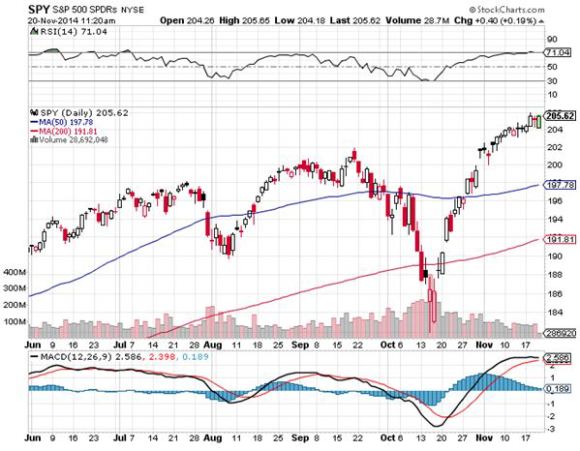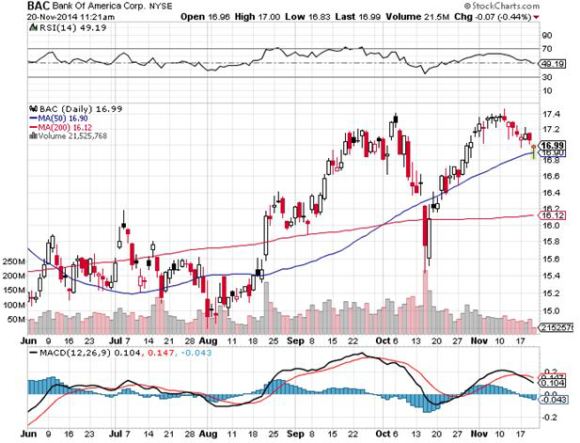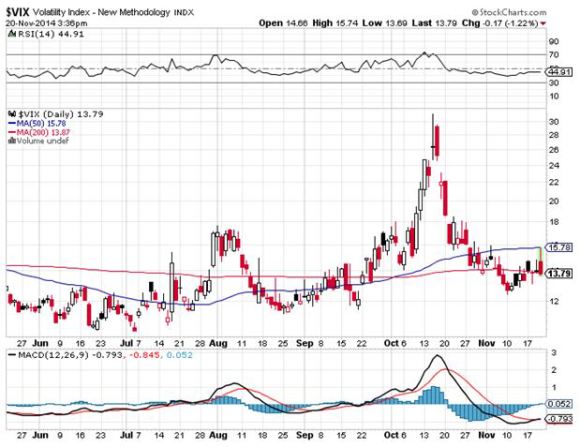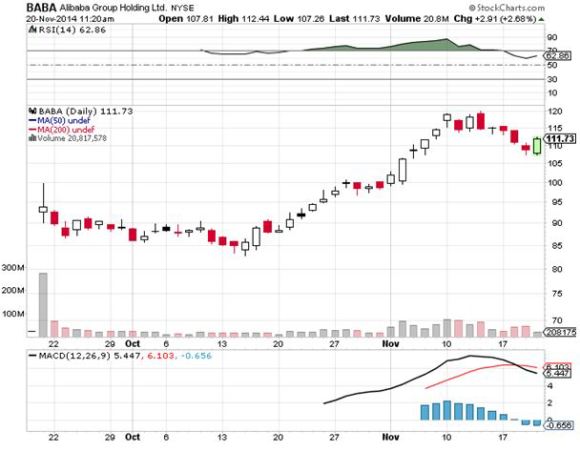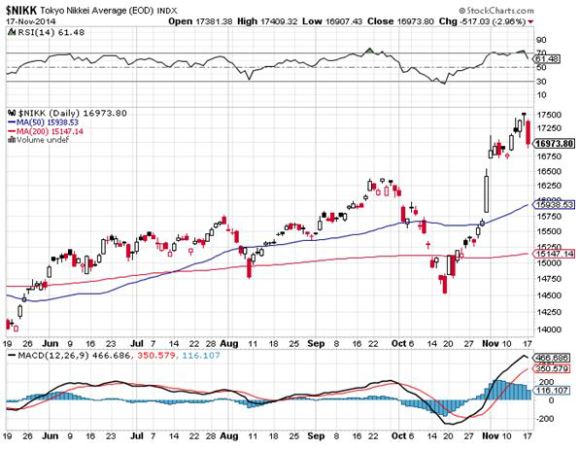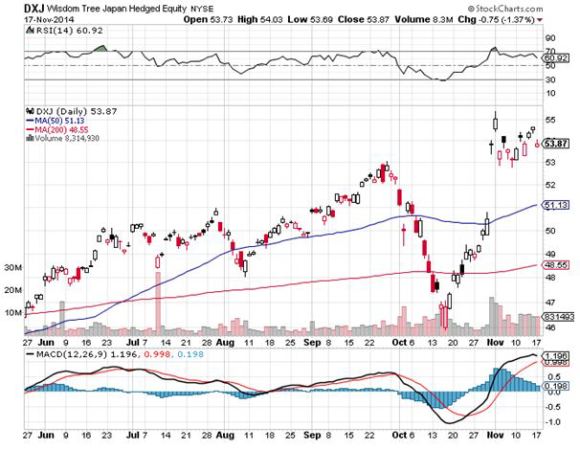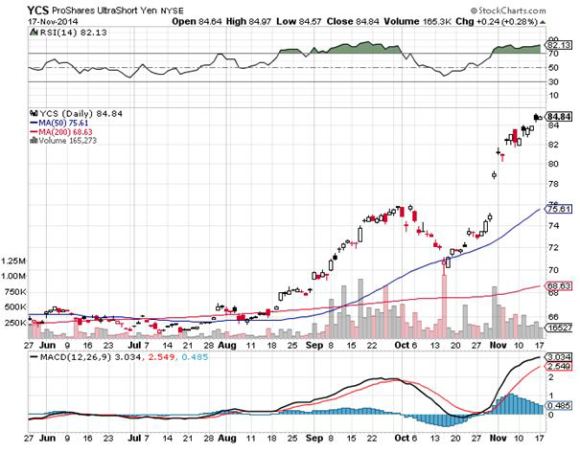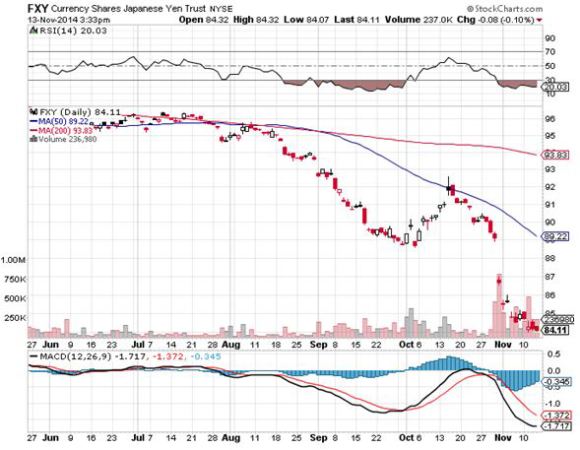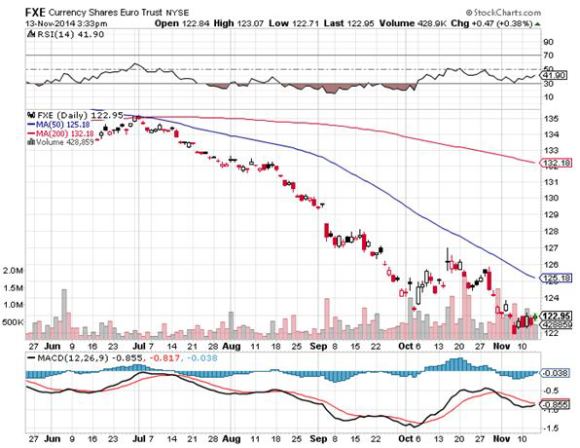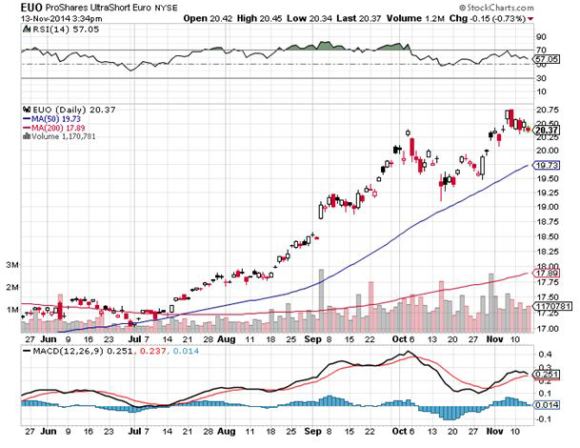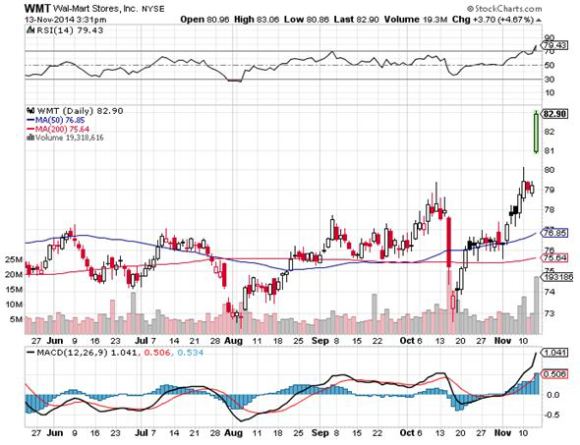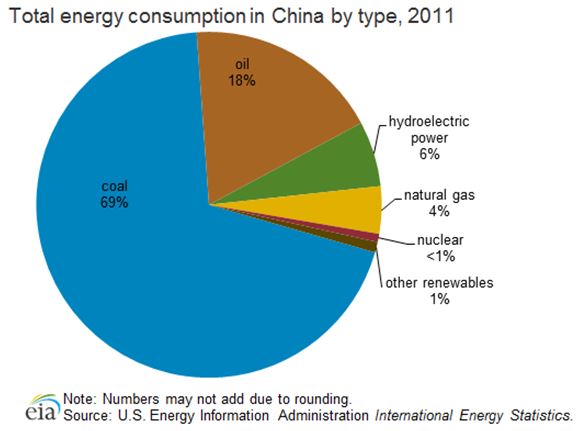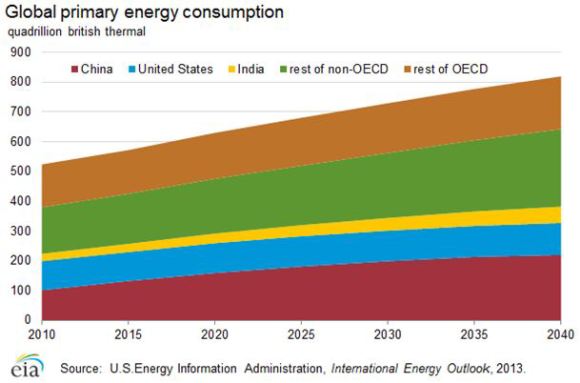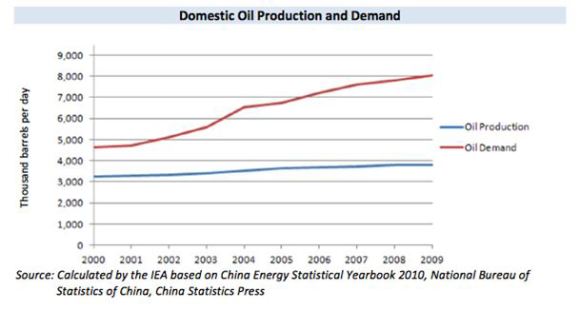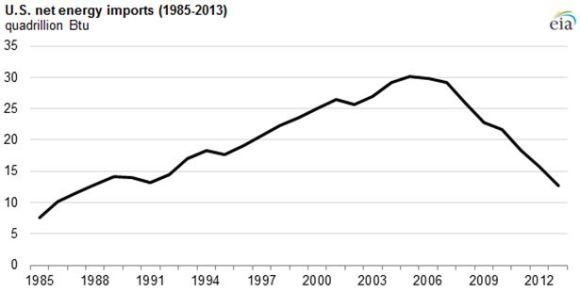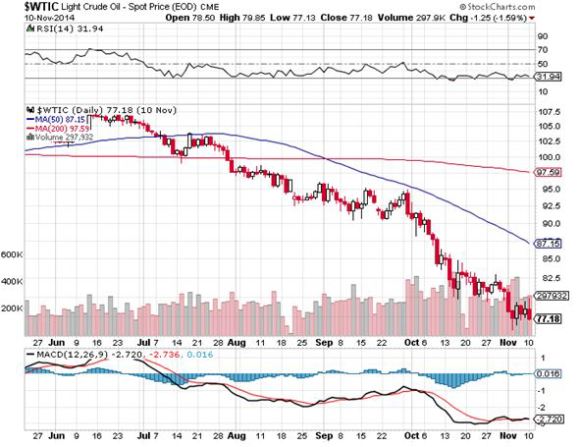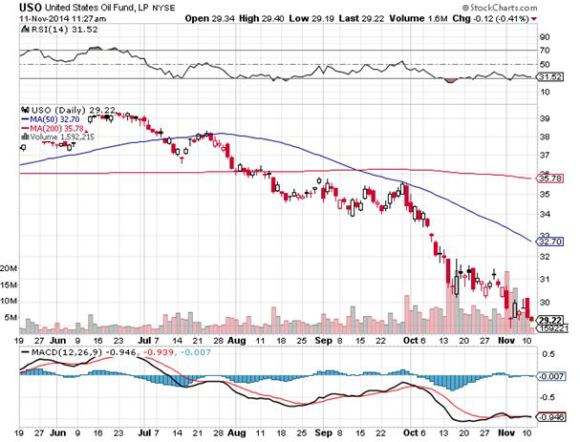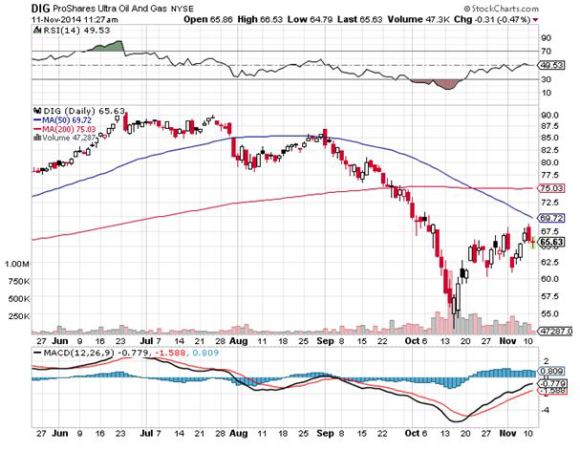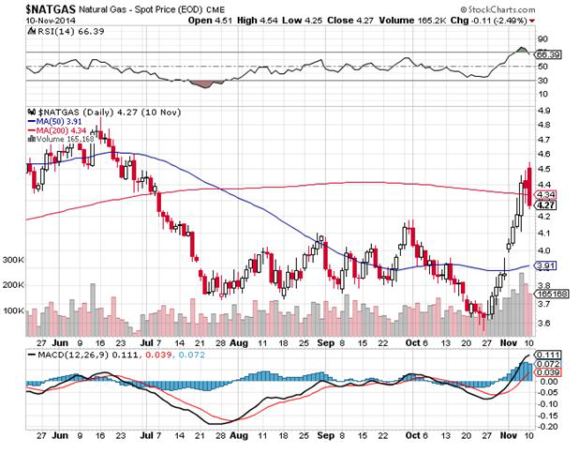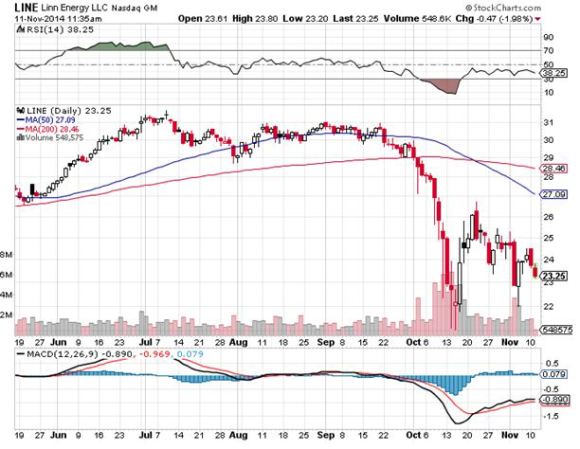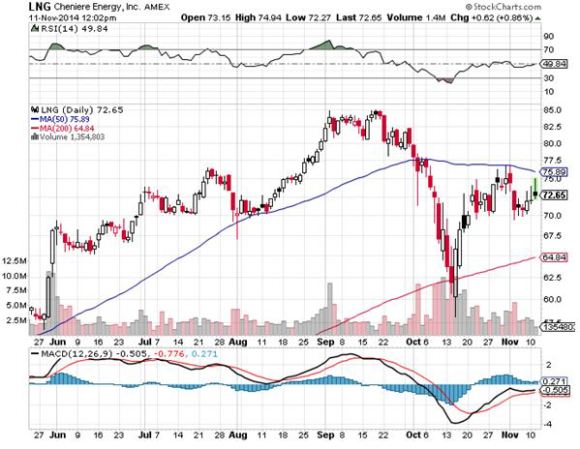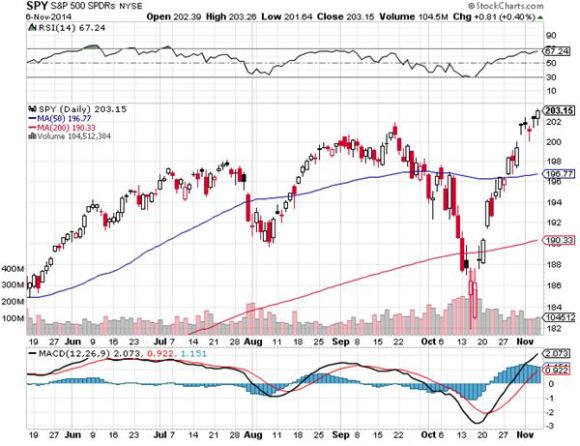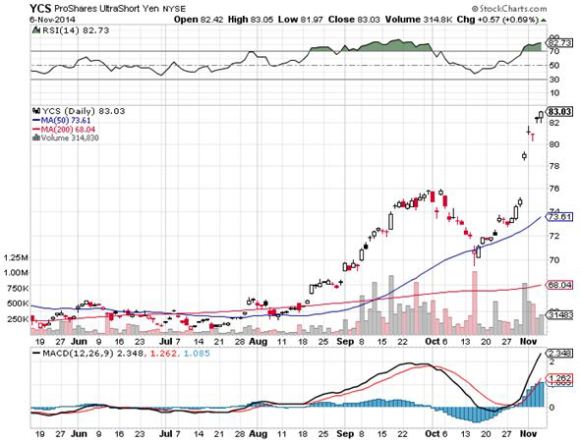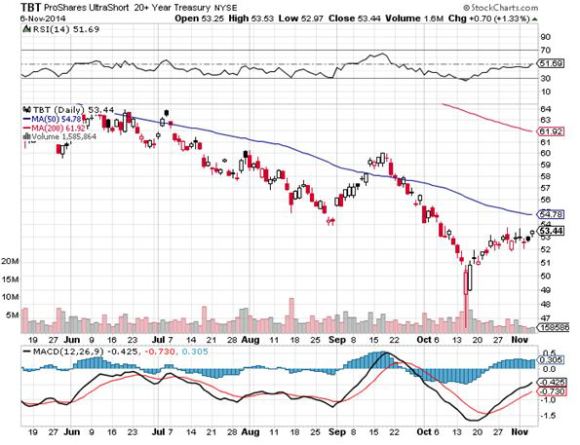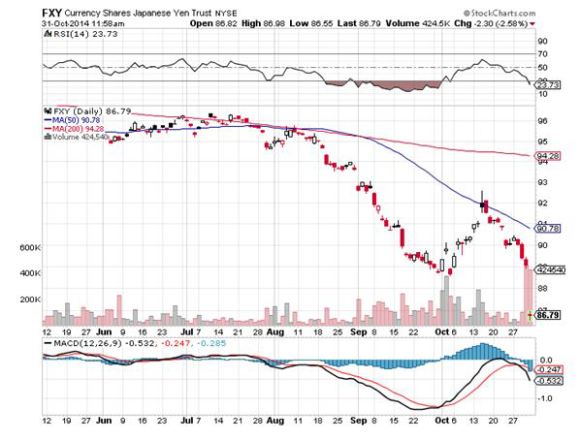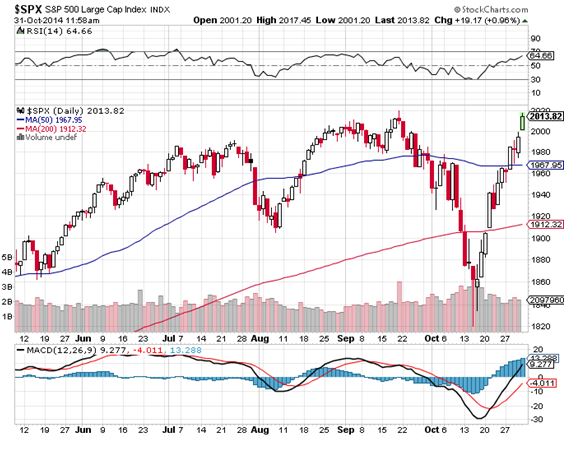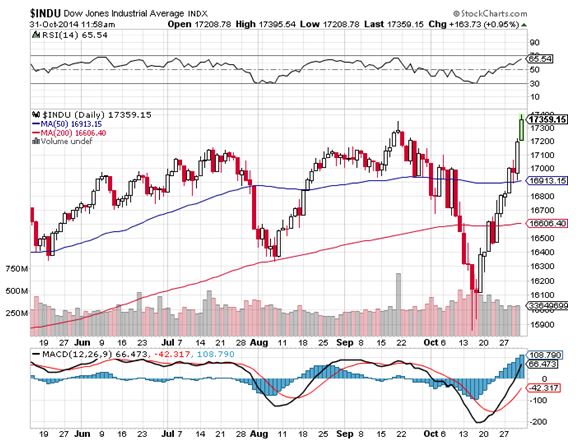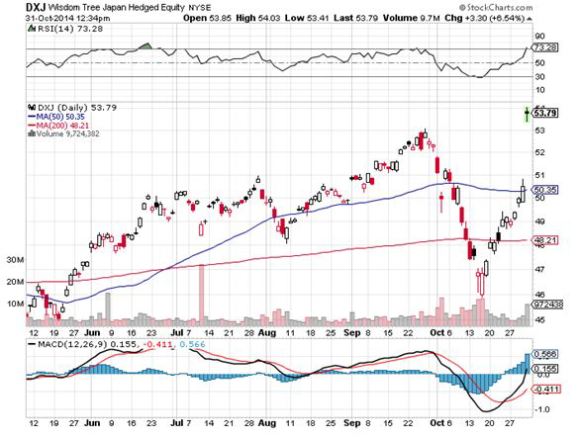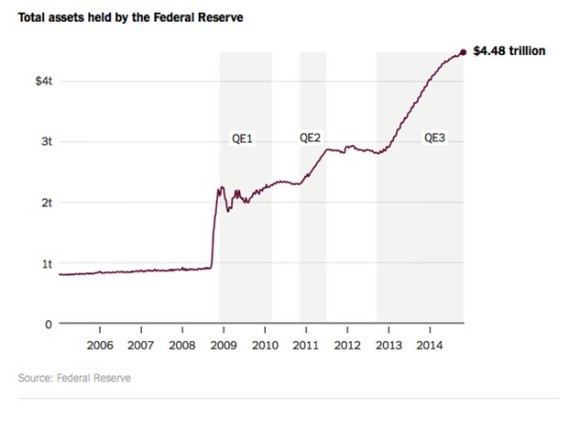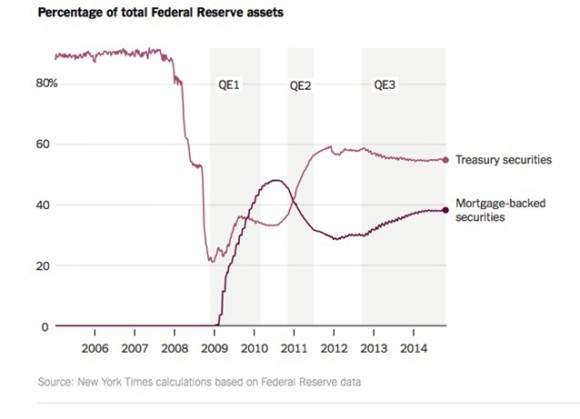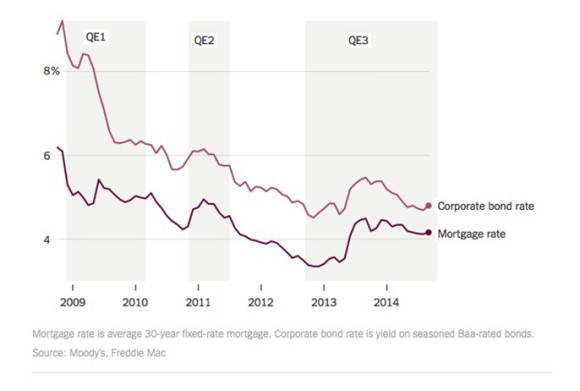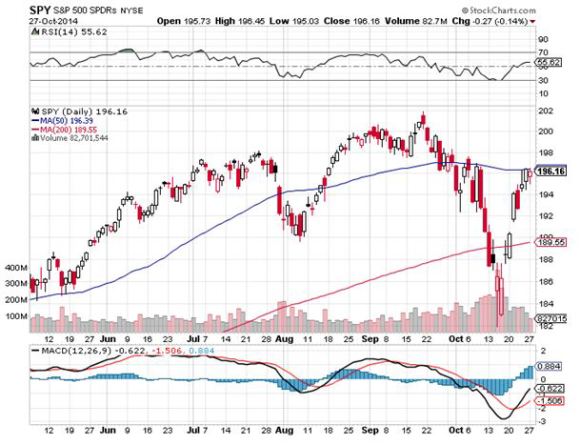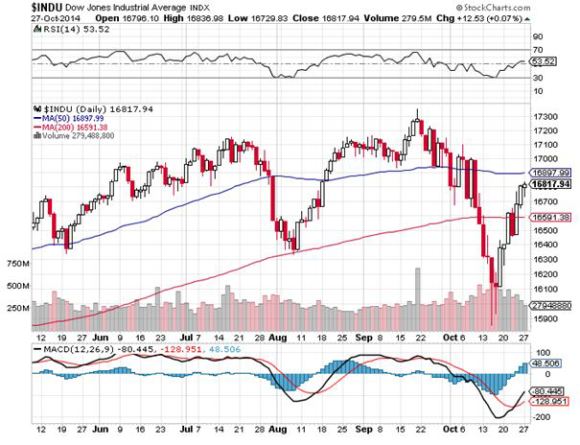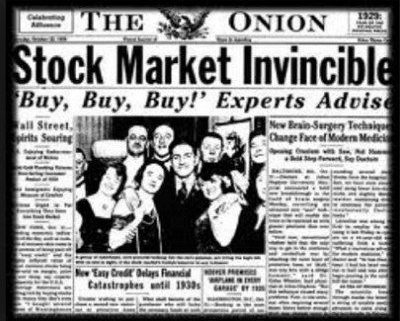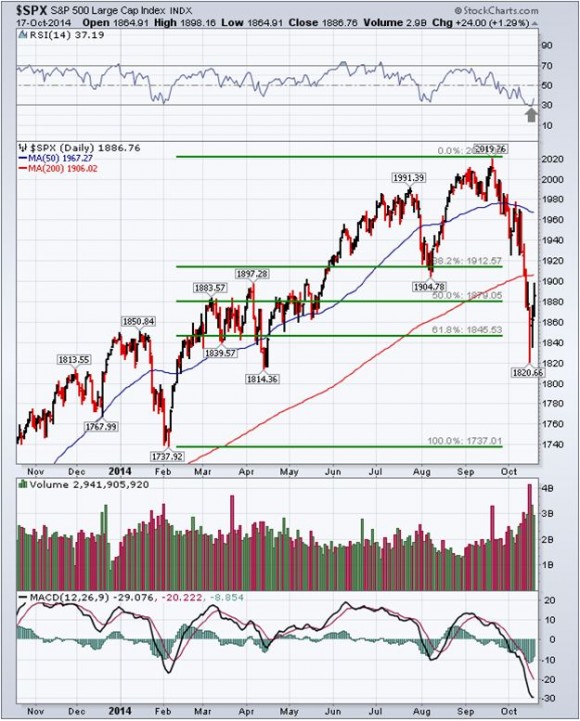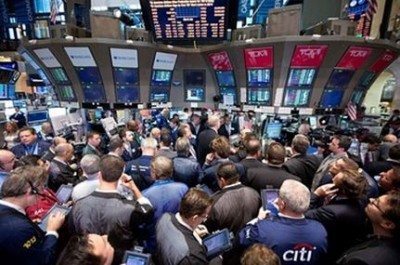Those of you who recently purchased the Mad Hedge Fund Trader?s mentoring service may have noticed a sudden drop off in Trade Alerts.
During October, I sent out a record 44 Alerts and Updates. As a result, that month was my best of the year, bringing in a gain of 6.69%. This month, only 5 Trade Alerts have gone out.
What gives?
I assure you, I have not been basking in the sun on a yacht in the Caribbean. Nor have I been catching the end of the ski season on New Zealand?s South Island. I have not even taken off on a hundred mile snowshoe across the High Sierras (that is not scheduled until Thanksgiving week).
No, I?m afraid that I have to tell you that the problem has been the market. I like to focus on sending out Trade Alerts that have an overwhelming chance of success. The fundamentals, the technical?s, the sun, moon, and stars all have to line up perfectly.
When they don?t, I don?t trade. It?s called maintaining discipline. The same is true for my friend, Mad Day Trader, Jim Parker. Sometimes, the best trades are the ones you think about, but never do, because your models say ?Stay away!?
When I ran my big hedge fund during the 1990?s I developed a perfect leading indicator. It was based my own clients? cash flows. When money poured in, it reliably signaled a market top. When it flowed out, it presciently indicated a market bottom.
It made absolutely no difference what my own performance was. If I was up 40% on the year, and the stock market dove 10%, investors wanted their money back?and now! No excuses, no explanations.
When investors wanted to redeem, I bought them out with my own money. Eventually, over the years, I ended up owning the entire hedge fund, which I then sold at a big premium at the market top to a group of foreign investors.
The closing date was January 1, 2000, four months before the beginning of the Great Dotcom crash. People told me I was stupid for four months?then I never heard from them again, except to occasionally see their resumes put in front of me by hopeful headhunters.
I am seeing the same sort of behavior in the newsletter business. Market surges bring in large numbers of new subscribers, who then expect immediate gratification in the form of a ton of Trade Alerts. At market bottoms the PayPal account goes completely dormant.
If I met new subscriber expectations, I would create a perfect money destruction machine, one that mechanically buys tops and sells bottoms. That is a great way to buy a spanking brand new mega yacht for your broker, but not for yourself.
So what should you expect from the Mad Hedge Fund Trader? To get buried in Trade Alerts when conditions are ideal, and sit on your hands when they aren?t.
That is when you?re supposed to be reading those deep, insightful research pieces that I send you every day, and drawing up short lists of things to do when the call to action arises. Chance rewards the prepared.
Keeping you out of a high risk/low return market is a far more valuable service that I can provide than tying you to a low risk/high return one.
Hint: Just because you bought a new subscription to the Global Trading Dispatch doesn?t mean that trading conditions have suddenly become ideal.
If you have to wait for an entire market cycle for the sweet spots to start appearing in large numbers, that is the best way to protect and expand your wealth. Market discipline is the most valuable thing I can teach you.
With all that said, let?s talk about the markets.
This is a particularly tricky place for traders. The lowest risk day of the year to buy stocks was October 15. Since then, the risks have increased daily. We are now at the top of one of the extended runs in market history. Should we throw caution to the wind and buy with reckless abandon?
Hell no!
So maybe we should consider flipping to the short side?
We have just entered the six-month period when stocks are traditionally the strongest. You can add to this big upward influence the end of the year run up.
In fact, I think we will close 2014 at the high of the year. Looking at the way the Volatility Index (VIX) is trading, it could be another three years before we see another full 10% correction.
So I don?t think that selling short any risk asset is a good idea here either.
That leaves us the small weekly 1%-2% mini corrections we have been getting to get involved with on the long side. But since we are running into the annual book closing, you have to use tight stop losses to protect your investment.
The high frequency traders all know this, and will program their algorithms to trigger as many stop losses as possible before reversing markets. That?s how I lost my long vertical call spread in Alibaba (BABA) this year, for a -2.38% hickey.
This is why I wrote in the Trade Alert that short term traders should sell, but long-term investors should hold. I think the stock is going to $140 next year.
Long-term investors have no problem. My fundamental economic call remains unchanged. Analysts and investors alike are underestimating the strength of the US economy.
Almost every data point confirms my convictions. Everyone else is shocked, befuddled, and bemused. Not me.
So, this bull market could continue for three or more years, and all they need to do is take an extended cruise when the markets suffer their periodic corrections.
This is why those owning the deepest discount Vanguard index funds have outperformed both active and hedge fund mangers for the third year running.
Sometimes it pays to be lazy.


